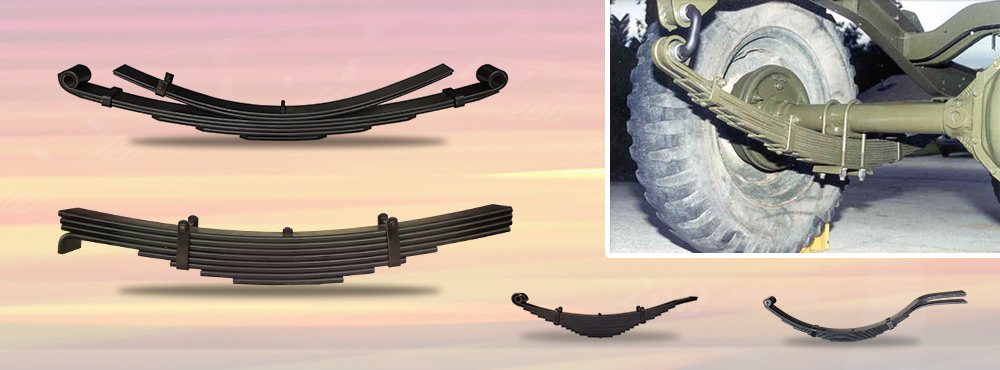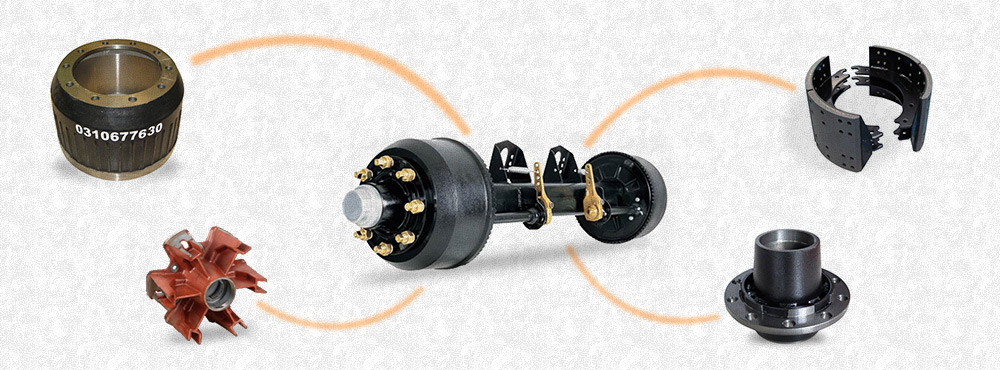CATEGORIES
BRAKE DRUM
Brakes must be adjusted correctly
Full brake capacity is not often needed during normal conditions. However, for safety, the full capacity of the brake system must always be available.
The brake force produced at a wheel drops significantly when the stroke of its brake chamber pushrod becomes excessive. When pushrod stroke becomes excessive, the vehicle loses some of its ability to stop. (See Diagram 7-3.) It is unlikely that you will notice a small loss of braking ability during normal driving. It may only become evident when higher demands are placed on the brakes such as heavier loads, higher speeds, long downhill grades or emergency stops.
When brake chamber pushrod stroke exceeds the adjustment limit, braking ability can be reduced so much that the brakes may not stop or hold the vehicle. Brakes must be kept properly adjusted to ensure each chamber pushrod stroke is within its adjustment limit.
Remember: Proper brake adjustment ensures that the brake chamber always produces the necessary force. When a brake is out of adjustment — when pushrod stroke exceeds the adjustment limit — braking ability is reduced.
The regulations require vehicles with air brakes to be checked at least once each day to ensure correct adjustment. Adjustment limits are prescribed for each style, size and type of air brake chamber. The pushrod stroke of each air brake chamber must not exceed its adjustment limit. Vehicles have full braking ability only when all brakes are properly adjusted.

Diagram 7-3: At A, the brake is released and no air pressure has entered the chamber. No brake force is being produced. At B, air pressure enters the brake chamber and it produces mechanical force and a small amount of pushrod stroke. At C, more air pressure is entering the chamber, producing even more pushrod stroke. At D, pushrod stroke has exceeded the adjustment limit and no brake force is produced.














